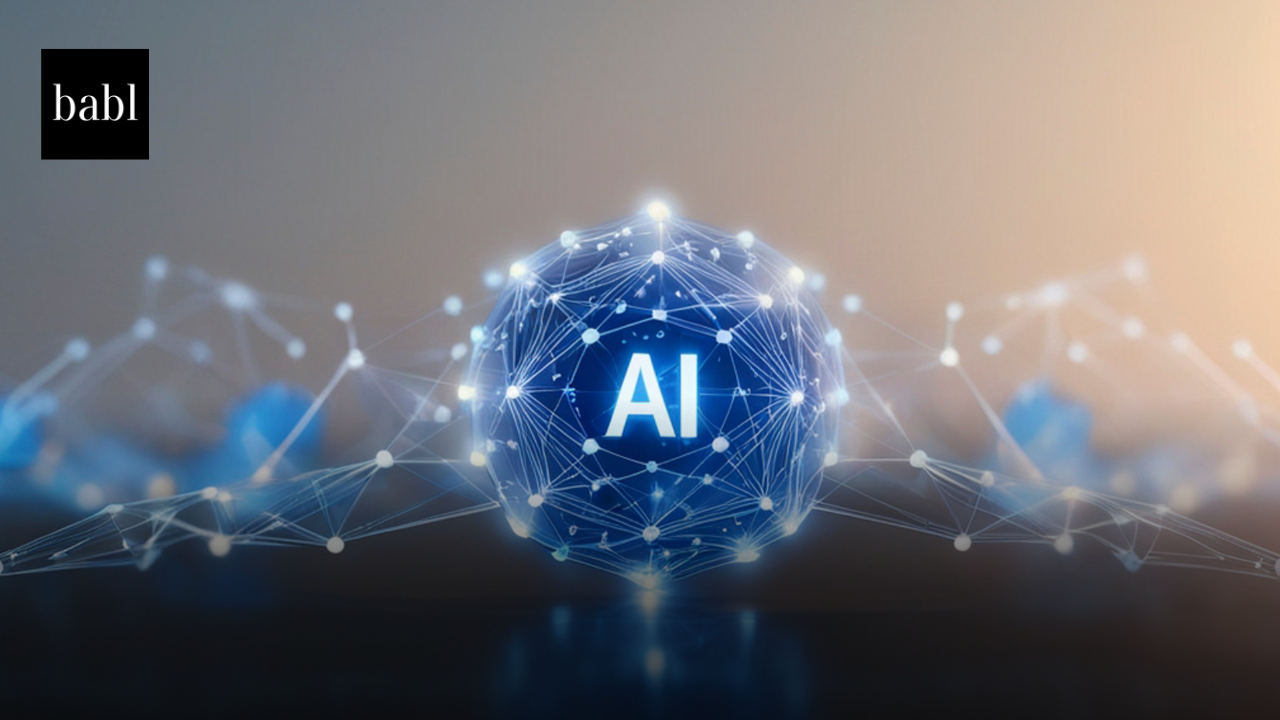OpenAI has published a new guide designed to help organizations build reliable large language model (LLM) agents capable of executing complex workflows with high degrees of autonomy. Titled “A Practical Guide to Building Agents,” the document offers hands-on advice for product and engineering teams developing their first agents, drawing from lessons learned across numerous deployments.
Unlike traditional software that follows pre-defined rules, agents powered by LLMs operate independently, make decisions, interact with external tools, and adapt to dynamic workflows. “Agents represent a new era of automation,” the guide states, “where systems reason through ambiguity and take multi-step actions.”
The guide breaks down agent development into three foundational components: selecting the right LLM models, integrating external tools, and writing clear, structured instructions. OpenAI recommends beginning with capable models to establish performance baselines and then iteratively optimizing for cost and latency with smaller models.
Tool integration is another critical element. Agents can use data retrieval tools, action tools that trigger workflows, or orchestration tools to manage sub-agents. For example, a customer service agent might query a CRM system, send emails, and escalate tickets—all without human intervention.
To manage complexity, the guide outlines orchestration strategies. It encourages developers to begin with single-agent systems and graduate to multi-agent models only when necessary. Two primary multi-agent orchestration patterns are highlighted: the “manager pattern,” in which a central agent delegates to specialists, and the “decentralized pattern,” where peer agents hand off tasks to each other.
Robust guardrails are emphasized throughout the guide. These include relevance and safety classifiers, PII filters, and moderation layers to ensure outputs are appropriate, secure, and on-brand. The guide also recommends layered defenses, combining LLM-based classifiers with rule-based systems and OpenAI’s moderation API.
Crucially, OpenAI advises planning for human intervention during early deployment stages. Agents should be equipped to escalate tasks to humans when encountering errors or high-risk decisions, such as issuing large refunds or handling financial data.
In conclusion, OpenAI’s guide encourages an iterative approach: start small, validate early, and scale as needed. With the right architecture, the company asserts, agents can move beyond task automation to transform entire business processes.
Need Help?
If you’re concerned or have questions about how to navigate the AI regulatory landscape, don’t hesitate to reach out to BABL AI. Their Audit Experts can offer valuable insight and ensure you’re informed and compliant.





